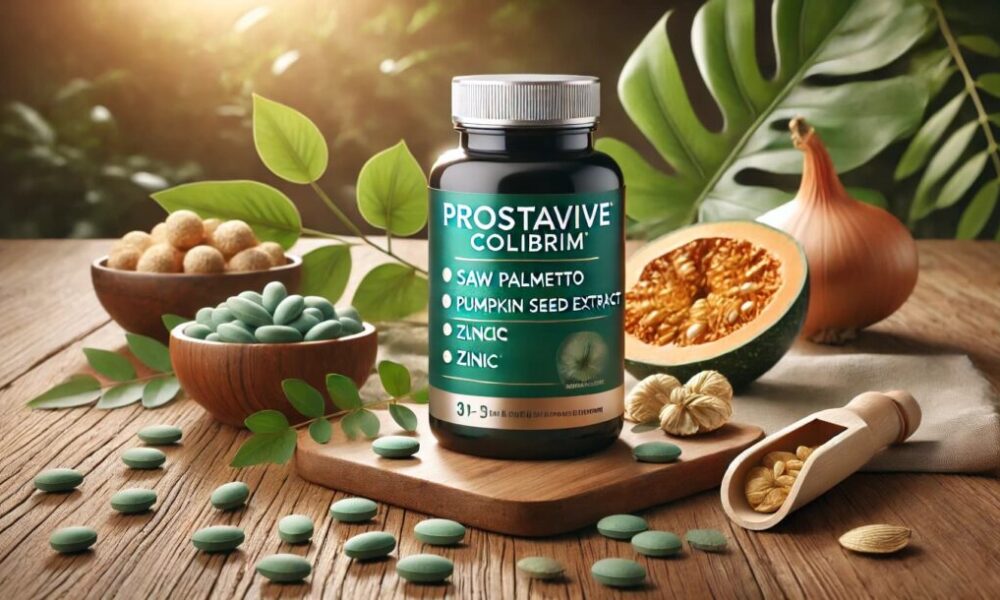Have you ever experienced sudden tooth pain that seemed unbearable? You’re not alone.
Many people find themselves in need of an emergency dental extraction at some point in their lives. Whether it’s due to severe decay, injury, or infection, understanding the different types of extractions can help you feel more prepared and less anxious during this stressful time.
In this article, we’ll explore the various reasons and methods for emergency dental extractions, ensuring you know what to expect when visiting your dentist.
When is an Emergency Tooth Extraction Necessary?
An emergency tooth extraction may be necessary in various situations. These include:
Severe Tooth Infection or Abscess
A severe tooth infection or abscess occurs when bacteria invade the inner pulp of a tooth, leading to intense pain and swelling. In most cases, treatment is an urgent dental extraction to remove the compromised tooth and stop the infection from spreading to other body regions.
Severe Tooth Decay
Severe tooth decay happens when a cavity progresses and damages a tooth beyond repair. In such cases, an emergency tooth extraction may be needed to relieve pain and prevent the decay from affecting nearby teeth.
Trauma or Injury
Trauma or injury to a tooth can occur from accidents, falls, or sports-related incidents. In these cases, if the tooth is severely damaged or fractured, an emergency extraction may be necessary to alleviate pain and prevent further complications.
Impacted Wisdom Teeth
Impacted wisdom teeth occur when there isn’t enough space in the mouth for these teeth to emerge properly. This can lead to pain, infection, and damage to nearby teeth, making emergency extraction necessary if issues arise.
Advanced Periodontal Disease
A severe gum infection known as advanced periodontal disease can destroy the bone that supports your teeth in addition to causing soft tissue damage. In these situations, an emergency extraction can be necessary to stop further health issues if the illness progresses and the teeth become loose.
Overcrowding
Overcrowding occurs when there is not enough space in the mouth for all teeth to fit properly. This condition can lead to pain, misalignment, and difficulty in maintaining oral hygiene, making emergency tooth extraction necessary to provide relief and improve dental health.
Risk of Systemic Infection
Not taking care of dental problems can lead to a systemic infection, especially if germs from a tooth infection get into the bloodstream. This can cause major health problems, like sepsis, which is a life-threatening illness that needs medical help right away.
Different Types of Emergency Dental Extractions
Emergency dental extractions can be categorized based on the urgency and the reason for the extraction. Here are some common types:
Simple Extraction
A simple extraction is a popular way to get rid of a tooth that can be seen above the gum line. Most of the time, local anesthesia is used to numb the area before this type of extraction is done so the patient doesn’t feel too much pain.
For a simple extraction, the dentist will use special tools to loosen the tooth and then carefully take it out of its hole. Following the instructions for proper oral hygiene and taking any given medicines are important parts of post-extraction care that will help you heal and avoid problems.
Surgical Extraction
A surgical extraction is more difficult than a simple extraction and is needed for teeth that are hard to get to. People often need this kind of surgery for teeth that are stuck or have broken below the gum line.
The dentist will cut into the gum tissue to get to the tooth during a surgical extraction. Anesthesia, either local or general, is used to make sure the patient is relaxed and doesn’t feel much pain during the process.
Wisdom Tooth Extraction
When these teeth become impacted or cause pain and difficulty, wisdom tooth extraction is often required. This treatment to avoid problems that can happen when your wisdom teeth don’t have enough room to come in properly.
The dentist may use a simple or surgical extraction method during a wisdom tooth extraction, based on where the tooth is located and how easy it is to reach. It’s important to do what the doctor tells you to do after the treatment to help your body heal and lower your risk of getting an infection.
Extraction of a Tooth with Abscess or Infection
An abscess or infection in a tooth can cause a lot of pain and swelling that needs to be treated right away. The affected tissue could cause more problems, so it needs to be taken out right away to stop the spread of germs and ease the symptoms.
The problematic tooth is taken out during the extraction, and local anesthesia is usually given to make the patient comfortable during the process.
Extraction of a Fractured or Broken Tooth
When a tooth is fractured or broken, it can cause significant pain and discomfort, making extraction a necessary option. This type of extraction typically involves removing the damaged tooth to prevent further complications or infections.
The procedure for an urgent tooth removal is similar to other extractions, where local anesthesia is used to numb the area. After the tooth is removed, it is crucial to follow the dentist’s post-operative care instructions to ensure proper healing and maintain oral hygiene.
Emergency Extraction for Severe Pain or Trauma
Emergency extraction for serious pain or injuries is often needed when a tooth is badly damaged or the pain is too much to bear. With an emergency dentist appointment, the goal is to quickly ease the pain and keep the injury from getting worse.
For example, damage can happen because of an accident, a sports injury, or another blow that weakens the tooth. If you experience severe pain, swelling, or a high fever due to an infected tooth, you should visit an emergency dentist.
Aftercare and Recovery
After a tooth extraction, proper aftercare is essential to ensure a smooth recovery and minimize complications. Here are some general guidelines for aftercare and recovery:
Immediate Post-Extraction Care
It is very important to follow the dentist’s treatment directions to help your body heal after an emergency tooth extraction. For about 30 minutes, the patient should bite down on a cotton pad that has been put over the extraction site to help stop the bleeding. To protect the blood clot that forms in the socket, it’s also important not to rinse or spit hard for the first 24 hours.
People who are sick should also stick to soft foods and stay away from hot or spicy foods for the first few days. It’s important to stay hydrated, but don’t use straws because the pressure can move the blood clot.
Pain Management
Taking care of the pain is an important part of getting better after an emergency tooth extraction. It is common for dentists to suggest over-the-counter pain killers like ibuprofen or acetaminophen to help with soreness. If the pain is serious or doesn’t go away, you may need to get pharmaceutical drugs.
It is important for people to do what their doctor or pharmacist tells them about dosage. Also, people should call their doctor for more information if their pain gets worse or doesn’t get better with medicine.
Oral Hygiene
After a tooth extraction, it’s important to keep up with good oral hygiene to help the body heal and avoid illness. After 24 hours, patients can rinse their mouth gently with warm salt water to help keep the area where the tooth was pulled clean. For a few days, don’t brush the area where the tooth was extracted directly. This will help it heal and protect the blood clot.
While being careful around the extraction site, patients should keep up with their normal oral hygiene routine, which includes brushing twice a day and flossing every day. Following these tips will help you recover quickly and keep your teeth healthy in general.
Diet and Eating
After a tooth extraction, a specific diet must be followed to speed up the healing process. You should eat soft foods for at least the first few days after having a tooth pulled. They are easy to chew and won’t hurt the area where the tooth was pulled. Hard, crunchy, or sticky foods could get stuck in the hole or hurt the new tissue, so people who have had surgery should stay away from them.
You should also stay away from foods that are too spicy or hot because they could make you feel bad. It’s also important to stay hydrated. However, patients shouldn’t use straws because the pressure can break up the blood clot, which is what the body needs to heal.
Unlock Relief With Precision in Every Emergency Dental Extraction
In conclusion, understanding the importance of prompt care is essential when faced with situations that may require an emergency dental extraction. By being informed about the procedures and aftercare, you can navigate this challenging experience with greater confidence.
Remember, prioritizing your dental health and addressing issues early can lead to better outcomes and a smoother recovery process.
Was this article helpful to you? If so, make sure to check out our blog for more useful information and resources.









